The content of the article
Why do tomatoes turn yellow and dry leaves. What to do? And now we’ll tell you the most common causes and solutions to problems. We will not write about late blight, because almost everyone knows this terrible enemy. About heat and natural aging, too, it is understandable. After all, there are other points, we’ll talk about them.
Tomatoes are perhaps the most favorite vegetables of most gardeners. Some even manage to grow them on the windowsill. It is all the more terrible to observe how, yesterday, peppy and green, tomatoes today stand with yellowed leaves. We will not rant for a long time, proceed to salvation.
Root damage
Signs Only the lower leaves turn yellow, then dry. The plant looks peppy, there are no other suspicious signs of depression.
What to do. Slowly wave a hoe or a plane cutter. Many people know that a tomato has a long central root. It is needed to extract moisture from great depths in dry weather. And almost everyone forgets that the plant still has a ramified system of small feeding roots. It is located very close to the surface of the soil. During loosening or weeding, gardeners from the heart stir up the ground near the stem. And then they are surprised at the yellowing of the leaves.
Be careful, comrades. Loosen the soil very carefully. It’s better to cover it with mulch and don’t disturb it again. As soon as the damaged roots grow, the tomato will recover. The leaves will have to be cut off, they will not turn green anymore.
Lack of moisture
Signs Foliage first withers, loses turgor. Then it curls, turns yellow and dries.
What to do. At the moment, you will most likely have to pour tomatoes with a significant amount of water. And then constantly water the plant until the end of the growing season or fruiting.
Why did it happen? And it all started with seedlings. In this case, you yourself are to blame. Read and shake on the mustache:
- When diving or landing in open ground, you nibbled a long central root 100%.
- After this procedure, the plant began to actively build up the superficial root system.
- Young plants were watered often and little by little.
- Then they began to drink less tomatoes or completely stopped.
To begin with, it is strictly forbidden to touch the longest spine! It is he who helps tomatoes extract water from the depths in difficult times. And you tore it off.
Tomatoes should not be watered often, but it is better not to water it at all. Otherwise, the plants get used to the freebie and are too lazy to look for some water on their own. Why, if the owner brings it every day? The roots are spread very close to the surface and do not want to go down.
And then you stop watering the tomatoes. They are sorely lacking in moisture, the leaves turn yellow and dry. This season you have to solder the crop until the end. They themselves spoiled their plants. Next year, consider the mistakes.
Lack of nutrition
Signs First, the very tips of the leaves turn yellow, then they turn red. Further, the entire sheet plate curls and dries. The defeat is noticeable throughout the plant.
What to do. Feed your tomatoes properly. After all, in order to grow such an amount of green mass, and even pour the fruits, you will have to take a considerable amount of trace elements somewhere. No doubt, adding to the soil before planting well-rotted manure or fully ripened compost partially solves the problem. Nitrogen in short supply will certainly not be.
Or are you an opponent of chemical fertilizers on the site? Then tell us, inexperienced, how do you make up for your tomatoes deficiency of calcium, magnesium, boron, phosphorus? Just do not right now about potassium.That it is full of good wood ash, everyone has long known. You tell about other elements. Where do you get it, how do you make it, in what dosage.
All the rest meanwhile jauntily rustle in their bins with packages and ampoules of mineral fertilizers. They read the packaging and go to save their tomatoes from yellowing leaves and subsequent drying. The instructions are observed, the doses do not exceed. Top dressing is applied strictly under the root and only after watering or rain.
And their tomatoes feel great.
Fusarium
Signs Leaves brighten from the central vein. Then they turn yellow, dry and fall on their own. Ailment begins from below and gradually creeps to the top of the head. If you leave the matter to chance, then the tomato will quickly die, simultaneously infecting all nearby neighbors.
What to do. Set aside grandmother's handbooks and search the Internet for the treatment of Fusarium with folk methods. Not every fungicide can cope with this scourge, but are you going to execute it with herbs?
Here, supporters of organic farming will have a difficult choice. Either pull up all the affected tomatoes with the root, or use hated chemistry. By the way, fungicides do not treat plants from fungal and other diseases. They inhibit the growth and spread of pathogenic bacteria. This makes it possible for the tomato to go round on its own.
In general, Fusarium is easier to prevent than to save the remnants of the former luxury of tomato tops. The fungus begins its victorious march usually in July. At this time, thunderstorms often rattle, there is heat and stuffiness. What else is needed? High humidity is, air temperature is far beyond + 25 ° С. The conditions for the dispute are ideal.
Prevention will help in any weather. You just need to start it from the moment of sowing. Disinfection of seeds, soil, containers for seedlings significantly reduces the chances of fungi surviving. Preliminary treatment of the bed with a strong hot solution of potassium permanganate (a month before planting), and then with a solution of phytosporin (2 weeks) reduces the chances of the survival of pathogenic bacteria to almost zero.
Starting from the second week after planting seedlings in open ground, you need to regularly treat tomatoes with biofungicides. By the way, they can be used in organic farming, because the chemistry in the preparation is zero. But it’s full of friendly beneficial bacteria.
And further. Do not thicken the planting, remove the lower leaves in a timely manner and avoid waterlogging. Even these simple measures reduce the risk of yellowing tomato leaves by 50%.
Cold
Signs Tomatoes are slowed down in growth. Leaves turn yellow all at once. The border is bluish or gives a blue. Often, the stem becomes a purple or purple hue. Signs of oppression are not visible.
What to do. What can you do? You can’t wrap the plants in a fur coat. It’s useless to give felt boots too. If you have planted a bed of tomatoes, then you can try to cover them with a dense non-woven material or throw a film on the arcs. But the roots will still be in the cold earth.
And who in Russia plants tomatoes in one row? They always grow whole plantations! Can you cover this ...
You will have to follow a few simple recommendations:
- Observe the timing of planting tomatoes in open ground, focusing on the climate of your particular region, and not “I have already planted a sister in Krasnodar”, while you yourself live in Arkhangelsk.
- If possible, plant tomatoes in greenhouses or greenhouses. This will extend the period of vegetation and fruiting in the fall.
- So that the cold August nights do not take your crop by surprise, choose ultra-mature varieties for sowing.
Tips are simple, but quite doable. By the way, you can still try to help plants. We cannot guarantee a confident result, because no scientific research was carried out. But according to reviews, it helps tomatoes to quickly recover after a sharp cold snap.
It's about adaptogens.This is epin, aloe juice, zircon. It takes only a drop per liter of clean water for a good spray directly on the leaves. Residual liquid can be added to water for irrigation.
Lack of lighting
Signs Leaflets become smaller, lose turgor, become yellow, soft. Then they dry up and fall off. In this case, the shoots become long, thin. Flowering is suspended or completely absent.
What to do. Eliminate the cause. That is, add light. How to do this if the tomatoes are planted in open ground in a not very good place? You can’t hang up the lighting lamps, don’t turn the sun around, there’s nowhere to transplant tomatoes, and it's too late. Trees that close the light are not worth chopping. Buildings cannot be moved either.
Well, when for real Russian people was catching the sun a problem? Have any more kulibins been transferred? Everything is solved very simply. The most ordinary reflective shield made of plywood and kitchen foil perfectly serves as a mirror. And it is not necessary to drag him around the site all day. It is enough to set it so that the sun reflects off the surface and shines for planting for a while, and now, the tomatoes have ceased to stretch, and the leaves turn yellow.
The secret is that for normal growth and high-quality fruit filling, plants may not have enough hours of lighting per day. By the way, instead of foil, you can use a mirror or foil insulation. The main thing is that the surface reflects the sun's rays well.
And in the future, carefully choose a place for planting tomatoes. It should be caressed by the sun almost the whole day. After all, it is the abundance of lighting that helps the fruits turn red.
And further. Check tomatoes regularly for pests. These little enemies of any gardener suffer all sorts of infection. You can plant tomatoes in sterile soil with sterile hands. But one little muck can infect all the landings.
Now you yourself know why the leaves turn yellow and dry in tomatoes. What to do? - You can also teach anyone. Use this knowledge yourself and tell others it will come in handy and reward. At the same time, you will get a decent harvest.
Video: why yellow leaves of tomatoes

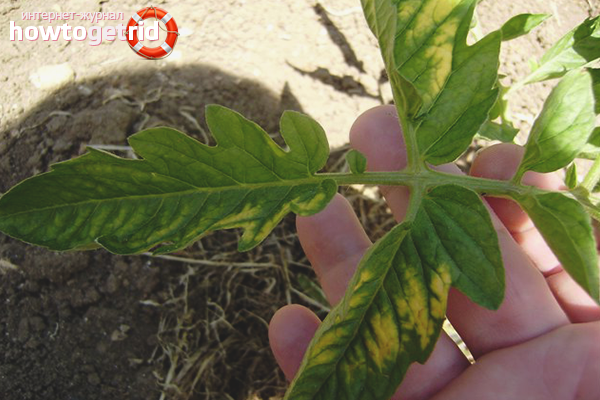
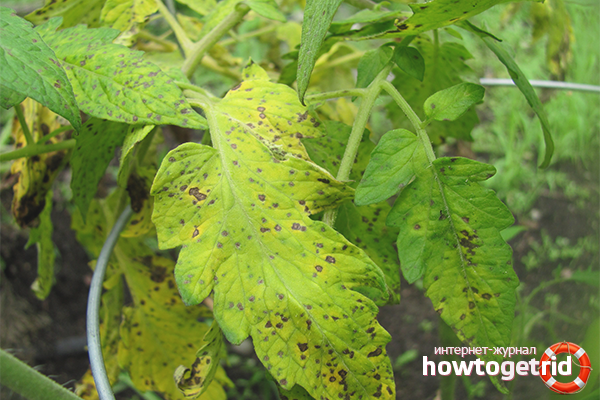
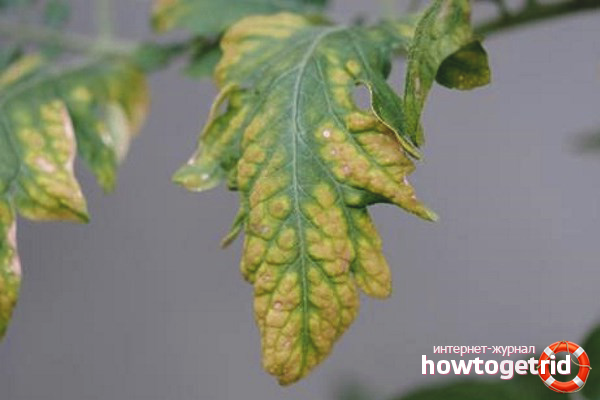
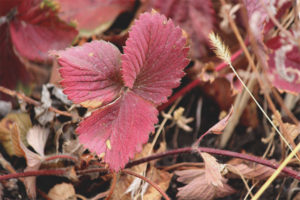
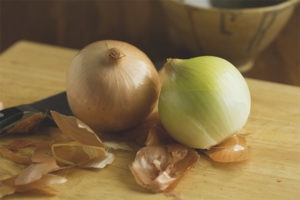
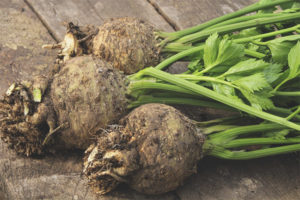
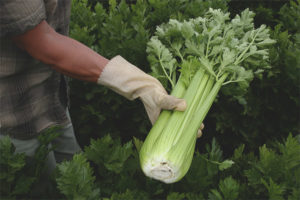
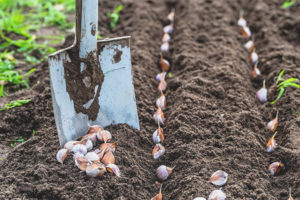
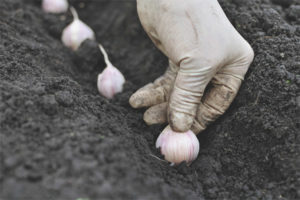
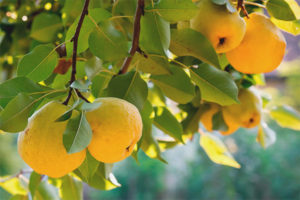
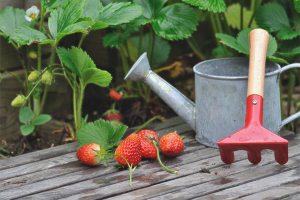
Submit